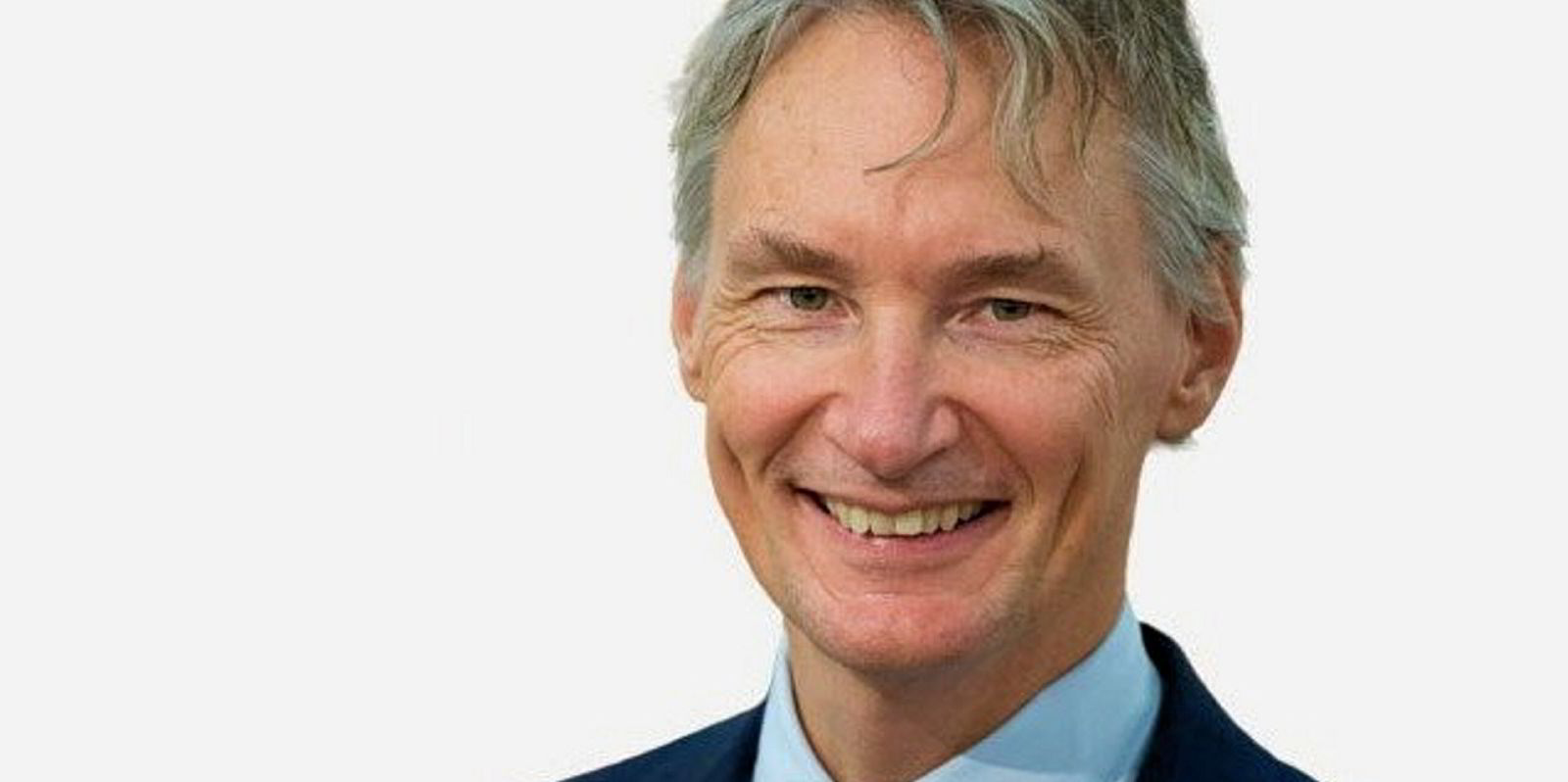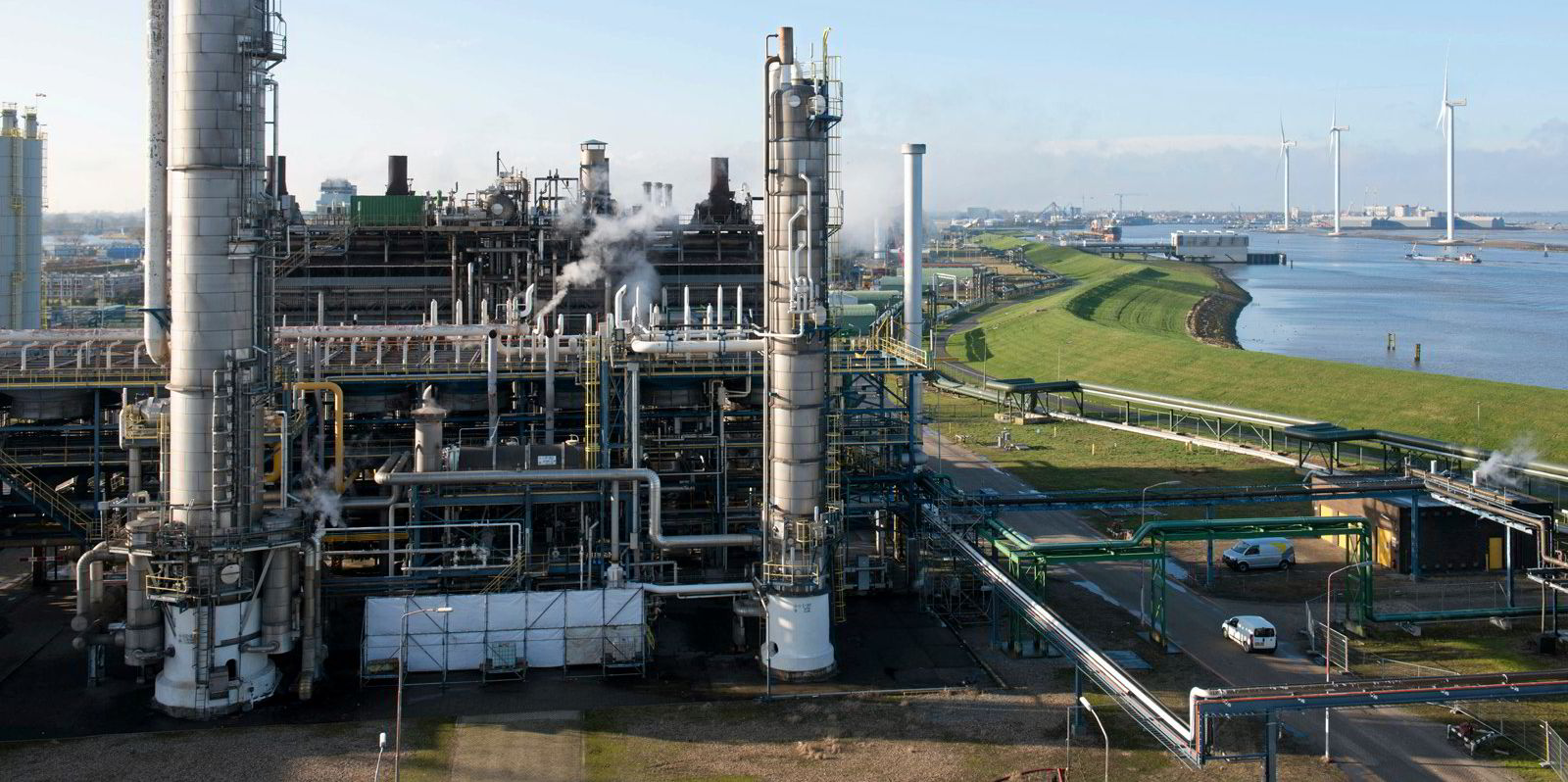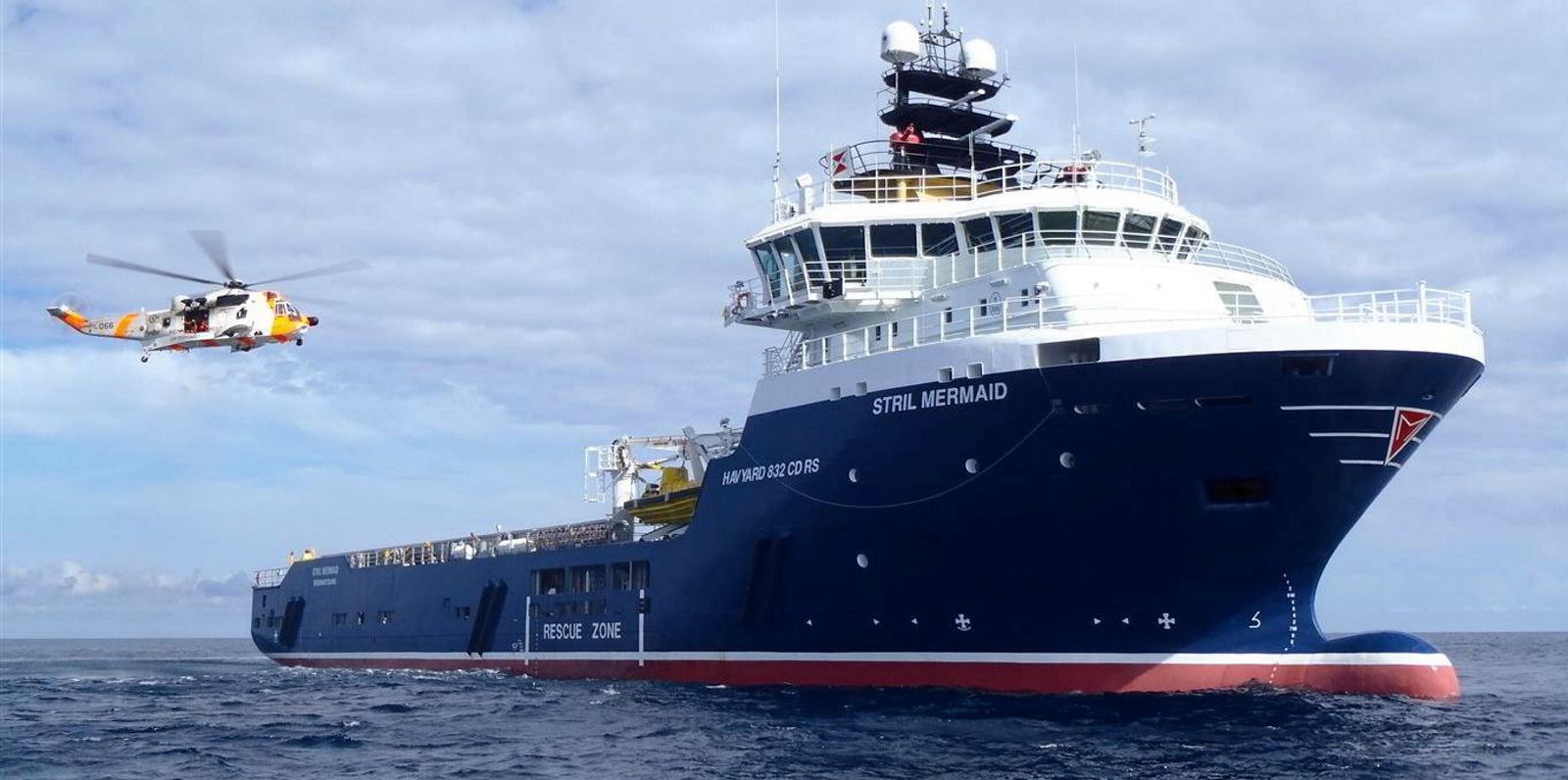Norwegian energy giant Equinor has revealed more about its plans to cut shipping emissions and explore alternative fuels.
The company said in its annual sustainability report that 30 "state-of-the-art energy-efficient" tankers are on long-term charters.
Equinor has also entered into similar agreements for 10 additional vessels being delivered from last year and into 2022.
Several shuttle tankers are operated on LNG, in combination with volatile organic compounds (VOC) captured from cargo loading. The company also uses LPG as fuel for chartered LPG carriers.
TradeWinds has previously reported that the energy company has four LNG-fuelled shuttle tankers, of which two are chartered from AET Tankers and two from Altera Infrastructure — previously known as Teekay Offshore Partners.
Equinor, which has been contacted for further information, has chartered at least three 40,000-cbm gas carrier newbuildings and three VLGCs that can run on LPG and conventional fuel.
The group has previously said the carbon intensity of its tanker fleet will decrease by 45% by 2025 from the 2008 level.
In the offshore sphere, Equinor said nearly all platform supply vessels on long-term contracts have been required to use onshore power supplies and have installed batteries for hybrid operation.
The company is also optimising sailing routes and planning for lower speeds.
Focus on fuels
The Oslo-listed giant said it is committed to using its unique position to contribute to the decarbonisation of the maritime sector.
Equinor is targeting a 50% reduction of shipping emissions by 2030, compared to 2005.
By 2050, it wants to keep the 50% target, but measure it against the IMO baseline of 2008.
Equinor is also supporting the development of lower and zero carbon fuels for shipping.
It will escalate the production and use of these bunkers towards 2030, while it will "strongly increase" production and use towards 2050.
"In the maritime sector, we work with suppliers to find operational, logistic and fuel-related measures to achieve emission reductions," Equinor said.
"We focus on fuel efficiency when entering new vessel contracts; incentive schemes further encourage suppliers to ensure fuel-efficient operations."
Ammonia ambitions
The group is also working with suppliers and partners in several other projects.
The ShipFC project aims to install the world’s first ammonia-powered fuel cell on a vessel — Eidesvik Offshore's 6,000-dwt PSV Viking Energy (built 2003) — by 2024.
This will be run on green ammonia produced from renewable energy sources.
"This project could be a game-changer in zero-emission vessels," Equinor said.
The group's maritime greenhouse gas emissions were 4.8m tonnes in 2020. It did not give a comparative figure for 2019.
Scope 1 CO2 emissions were cut to 12.9m tonnes last year, down from 14.2m tonnes the year before.
Chief executive Anders Opedal said: "We will reduce emissions from our own oil and gas production, accelerate growth within renewables and develop markets for hydrogen, carbon capture and storage."
He called this good for the climate and a solid business strategy.
"It sets a clear strategic direction and demonstrates Equinor’s continued commitment to long-term value creation in line with the Paris Agreement," Opedal said.







